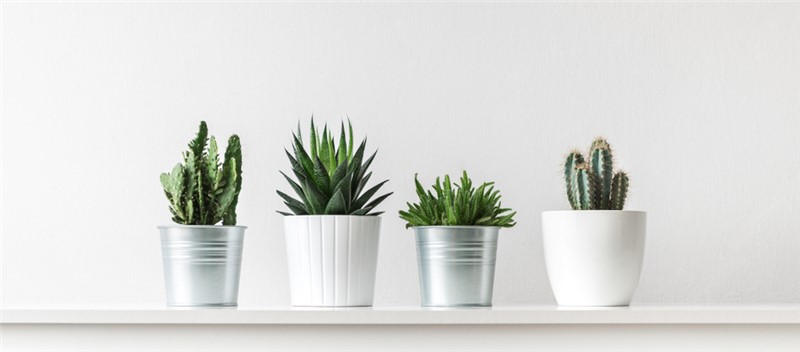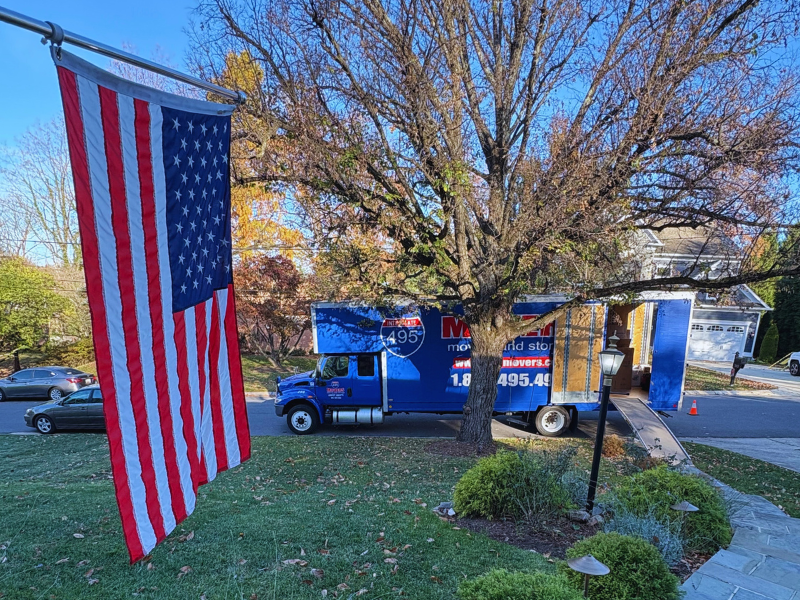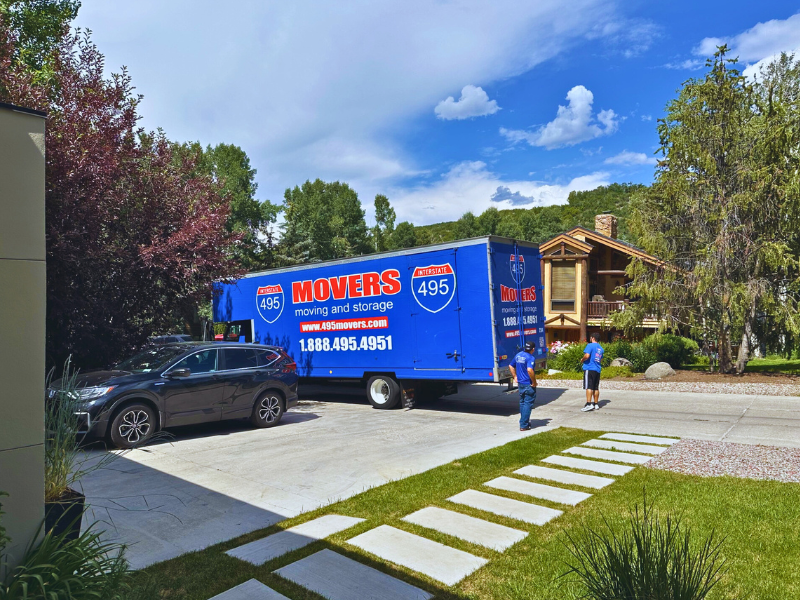
If you’re planning a move and you want to take your plants with you, then this is a task you might have to take up yourself. Moving plants can be a challenge and there’s a chance that your plants will not survive the journey, but there are some steps you can take that greatly improve your odds of success.
Improve your plant’s health before the move.
One of the best things you can do is to boost your plant’s health before the move. Prune your plants a few weeks before the move by removing dead leaves and branches. Some plant food might be a good idea also. Make sure you are keeping up with the recommended watering schedule for your plant.
It’s also recommended that you take your plants out of heavy pots and planters and place them in a lightweight plastic pot for the move. This makes moving your plants easier on you because they will weigh less, and plastic is usually more durable.
Check your plant again one week before the move for dust, pests, and other signs of trouble.
Prepare your plants for safe moving.
Find some high-quality moving boxes, one for each plant. Line each box with plastic and place your plant inside of the box. Keep your plant from shifting around during the move by placing bubble wrap, packing paper, or foam cushioning between the pot and the box.
For tall plants, bag or wrap the entire plant in plastic to help protect branches, stems, and flowers during the move. Leave some air holes in the plastic so your plants can breathe.
Put your plants in the back of your car. Small plants can be placed directly on the seat and taller plants should fit if they are placed on the floor.
Take care of your plants during the move.
During the move, keep an eye on the weather. If you plan to stop at a hotel and the weather is cold, then don’t leave your plants in the car. The temperature also affects how much water your plants should get. If it’s cold, then it’s best to keep your plants dryer. Water the plant a few days before the move. If it’s hot, water your plants well right before the move and water in small amounts every few hours along the way.
Help your plants adjust after the move.
Take your plants out of the plastic and boxes immediately after the move and provide them with plant food and water. If you want to repot your plants, it’s best to wait a week or so. Give your plants some time to recover from the shock of moving. If you don’t wait your plant’s growth could become stunted, or worse yet, your plant might die.
What if you can’t take your plants with you?
If you aren’t traveling by car or if you don’t have enough space for your plants, then you might be able to ship your plant. It’s risky, but it can work. Remove your plant from its pot and trim the plant down to the roots. Wrap the roots in a wet towel then cover the root ball in plastic. Place the plant into a sturdy box and fill every space with packing paper or bubble wrap so that your plant cannot move an inch. Label the box with the words, “Fragile, “This End Up,” and “Live Plant.”
Of course, another option is to give your plants away to friends, family and neighbors. Take some time to weigh your unique situation and decide whether it’s best to attempt relocating your plants or not.
Do you have questions about moving and storage? Contact 495 Movers Inc. today to speak with a relocation specialist. You can also request a free, no-pressure moving cost estimate!
Subscribe to 495 Movers's Blog






Comments